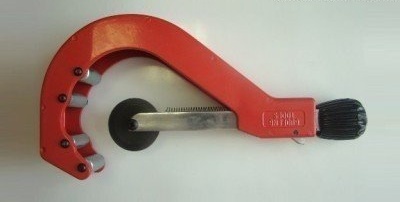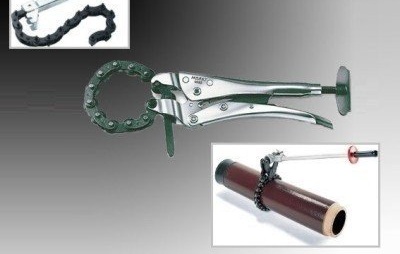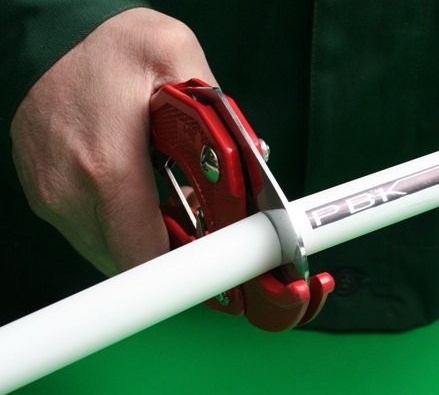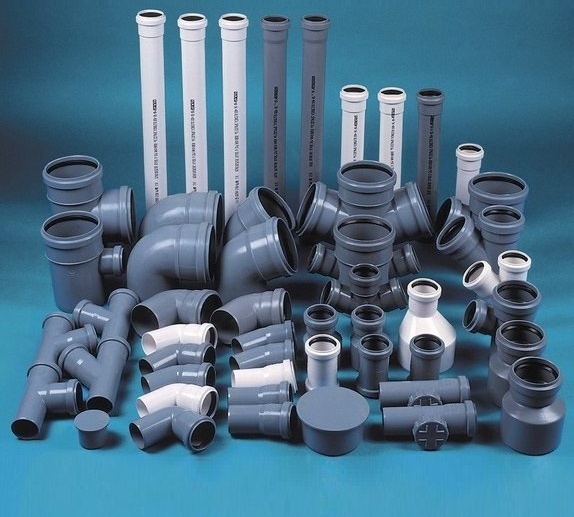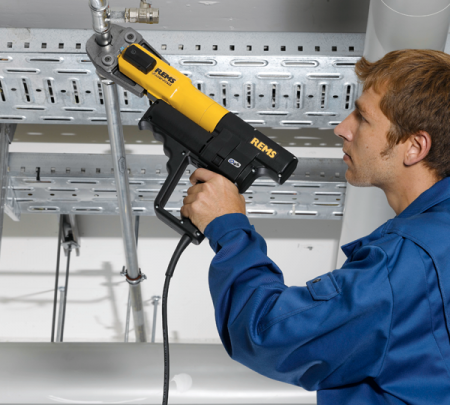How to choose a suitable pipe cutter: which one is suitable for what types of pipes?
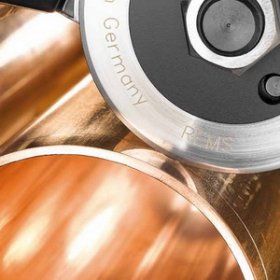
When performing plumbing work, it is often necessary to cut pipes into segments of a given length. In order to do this efficiently, you will need a special tool - a pipe cutter. This simple device allows you to get a cut, with smooth neat edges, and greatly facilitates the work of the master. You can, of course, not splurge and arm yourself with a hacksaw, but a pipe cutter for steel pipes, for example, will allow you to cope with the task much faster and better. Let's try to figure out what types of these devices are most often found on store shelves and are used in everyday life.
Pipe Cutter Classification
When choosing a pipe cutter, you need to consider that it is not a universal tool. Since different pipes are used for the installation of heating, water supply and sewage systems, various devices are also used for their cutting. Some of them, however, are suitable for several types of pipes, but more often are designed for a certain material. Therefore, you should go to the store only after you decide which pipes to work with.
However, for a home foreman, a roller pipe cutter for steel pipes can be a universal solution, since it copes with both metal-plastic and copper. But the models, originally designed for more malleable materials, steel will not prevail or they will be enough for once.
Depending on the wall thickness of the pipe
The choice of pipe cutter model is affected not only by the material of the pipe, but also the thickness of their walls. Based on this parameter, devices are divided into the following categories:
- For high (heavy) loads. They, unlike others, have reliable clamp type latches. Such devices are used for cutting steel and cast-iron pipes, the diameter of which reaches 12 inches or more.
- For cutting thin-walled pipes, which include metal-plastic, brass, copper, as well as stainless steel pipes.
- For cutting pipes made of asbestos cement and ceramics used for sewage and sewer systems.
Depending on the design features of pipe cutters
Based on the design features, we can distinguish: rotary (rotary), telescopic pipe cutter, with ratchet mechanism, chain, roller and cutter.
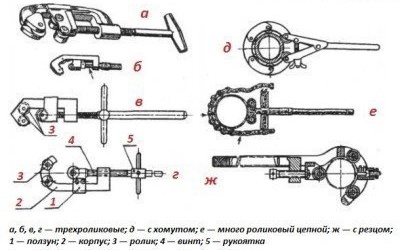
Types of pipe cutters: a, b, c, d - three-roller; d - with a clamp; e - a lot of roller chain; f - with a cutter
The chisel pipe cutter, which provides a sufficiently clean cut, is a steel cage designed for a pipe up to 100 mm in diameter. In the holder, cutting discs made of strong steel are fixed, the mutual position of which can be adjusted if necessary. One or two cutters are mounted on the movable part of the holder, which can be moved in the plane of the cut using a threaded rod. In the simplest models, the feed rod is a handle.
Manual roller pipe cutter is most often used for cutting steel pipe, it can have one or three cutting rollers, as well as rollers guiding the pipe. The more rollers, the larger the diameter of the pipe "in the teeth" of the instrument. So, a pipe cutter with three rollers will overpower a steel pipe with a diameter of 15-100 mm, and a single-roller analog - 15-50 mm. A significant disadvantage of using roller pipe cutters is the burrs that form at the cutting sites. To remove them, use a counterbore. For cutting pipes of large diameter (more than 75 mm), multi-roller chain or clamp pipe cutters are used, which are also convenient because they have a small swing of the handle.
A chain pipe cutter is used for pipes made of cast iron, ceramics and concrete (small diameter), that is, made of fairly fragile materials. Cutting is carried out using a chain with cutting rollers, which is pulled together around the pipe.
Depending on the principle of operation
You can make another classification if you select pipe cutters according to the principle of action - electric, manual, with pneumatic or hydraulic drive.
In everyday life, manual pipe cutters are often used, driven by the physical strength of the master. These devices are usually quite simple, inexpensive, do not require special skills and qualifications from the worker.
An electric pipe cutter is a more expensive pleasure, but its productivity is better. It allows you to significantly reduce physical effort, has a high efficiency, and therefore, is ideal for large-scale work.
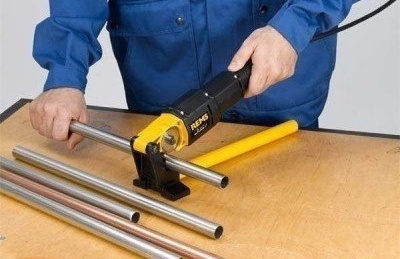
There is an electric pipe cutter, of course, more expensive than a manual one, most often used by plumbers who have to cut pipes almost every day, or even several times a day
Tips for choosing a pipe cutter depending on the material of the pipe
The most popular and numerous pipe cutters for steel pipes, some of the nuances of the selection of which we examined above. With other materials, the situation is a little more complicated.
When cutting copper pipes, do not forget that this metal is soft, the pipe can deform quite easily. You can prevent such a nuisance if you choose a pipe cutter for copper pipes. A steel telescopic pipe cutter or a ratchet device is suitable. The blade must be alloy steel.
Thin-walled plastic pipes can be cut with special scissors, which can completely replace the pipe cutter for plastic pipes. Their main advantage is low cost and ease of operation. Disadvantages: if you have to cut a lot, then your hands quickly get tired, and low-quality models are often found. Roller pipe cutters, in which the pipe is cut due to the fact that it is rolled between several guides and one cutting roller, provide an ideally accurate cut, but not too “hasty”. The cordless pipe cutter for polypropylene pipes handles this operation much faster, but it is also imperfect - the maximum diameter that is 42 mm for its teeth.
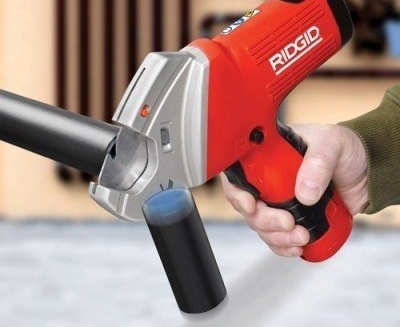
When cutting plastic pipes of small diameter, special scissors can be used, the scissors are a gun in the photo, but a simple mechanical device is also suitable
Scissors are successfully used for cutting thin metal-plastic pipes, and for wider ones (from 40 mm) a pipe cutter is still preferable. You can opt for a telescopic or pipe cutter with a ratchet mechanism, which is a bit reminiscent of the appearance of scissors, for cutting it is enough just to close the handles.
After cutting, you will need to restore the cross section of the pipe, for this it is worth using a calibrator, with which, in addition, the chamfer is removed.As we have already said, a pipe cutter for metal-plastic pipes can be replaced with a device for cutting steel pipes.
We have compiled a fairly detailed, but far from complete classification of pipe cutters, which are used in plumbing works of varying complexity, both by professionals and amateur craftsmen.
